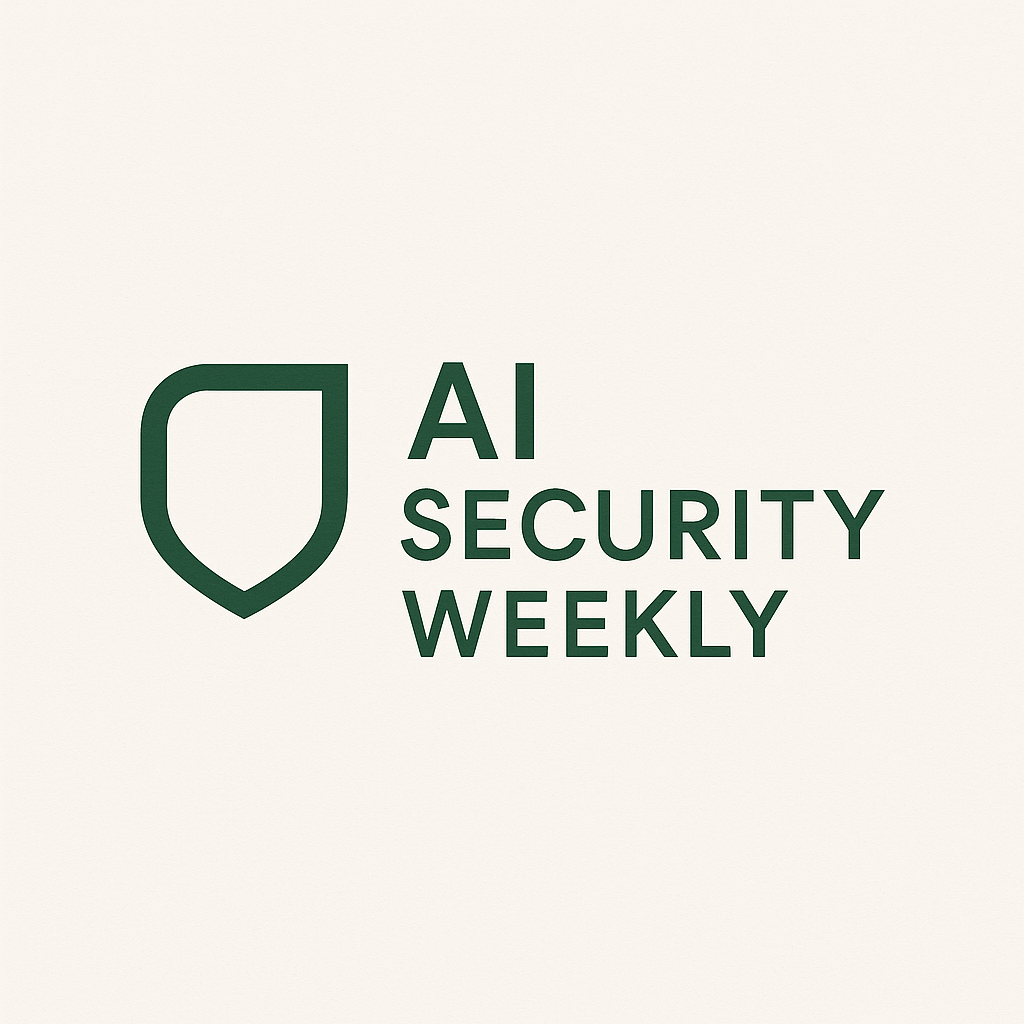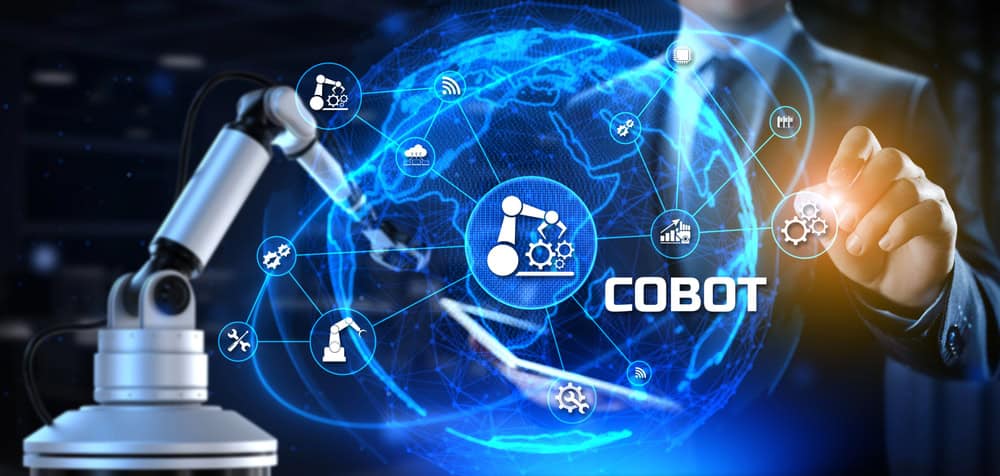Industry 5.0 signifies more than just a technological evolution; it embodies a fundamental shift in the manufacturing mindset. It calls for automakers to harmonize innovation with empathy, efficiency with sustainability, and precision with creativity.
Similar to other sectors, the automotive industry is now beginning to adopt the tenets of Industry 5.0. While Industry 4.0 transformed vehicle manufacturing through automation, IoT, and data analytics, Industry 5.0 emphasizes reintegrating the human element, promoting collaboration between humans and machines, sustainable practices, and resilience in production methods.
This new paradigm prioritizes a human-centric approach over merely enhancing factory intelligence. It combines the creativity of humans with the accuracy of intelligent machines. For automakers, this translates to a manufacturing framework that is adaptable to custom designs, responsive to the increasing demand for environmental stewardship, and resilient against global challenges.
Advantages of Industry 5.0
Progressive automotive manufacturers are beginning to explore Industry 5.0 strategies, with several benefits already emerging. Some have embraced hyper-personalization of vehicles, facilitated by enhanced human-machine collaboration. This approach allows automakers to produce highly customized vehicles without compromising production efficiency, enabling customers to personalize interiors, select sustainable materials, and configure features in unprecedented detail.
Furthermore, companies transitioning to Industry 5.0 are experiencing higher employee satisfaction. Instead of replacing workers, this shift empowers them. Plants equipped with collaborative robots (“cobots”) report increased morale, as workers feel safer and more valued when repetitive tasks are handled by machines, freeing them for creative and decision-making responsibilities. This focus on human workforce engagement is crucial as the industry grapples with global skill shortages.
Industry 5.0 also enhances resilience against disruptions. By integrating automation with human adaptability, automakers are better prepared to tackle unforeseen challenges, whether from supply chain issues or changing consumer preferences. Human oversight adds flexibility that pure automation might overlook, ensuring a more resilient operation.
Challenges in Transitioning
Shifting from Industry 4.0 to 5.0 presents notable challenges for automakers. The integration of human and machine systems is complex; existing manufacturing setups were primarily designed for automation. Retrofitting these systems for effective collaboration between human workers and AI-driven robots necessitates significant investments in design, cybersecurity, and overall user experience.
Data management and complexity also pose hurdles. As collaboration between humans and machines intensifies, the resulting data volume increases dramatically, requiring advanced platforms for real-time decision-making, edge computing, and AI insights, all while safeguarding privacy and cybersecurity.
Technological Innovations Leading the Way
Transitioning toward Industry 5.0 necessitates a new technological framework that promotes enhanced collaboration, intelligence, and adaptability. Essential components include:
- Collaborative Robotics (Cobots): Designed to work safely alongside humans, cobots utilize advancements in sensor technology and real-time feedback to adjust to human actions.
- Artificial Intelligence and Machine Learning: AI supports predictive maintenance and adaptive production, requiring models that evolve from fixed automation to adaptable systems responsive to human input.
- Edge Computing: Facilitating real-time human-machine collaboration calls for decision-making at the network’s edge, rather than depending solely on central cloud systems.
- Digital Twins: These simulations allow automakers to optimize human-machine interactions safely, essential for rapid innovation and problem resolution.
- Sustainable Manufacturing Platforms: Tools that assess carbon footprints, enhance energy efficiency, and manage supply chain sustainability must integrate smoothly into the production process.
In conclusion, Industry 5.0 indicates a profound shift in how manufacturers view their operations, blending creativity with empathy, performance with sustainability, and precision with collaboration.



